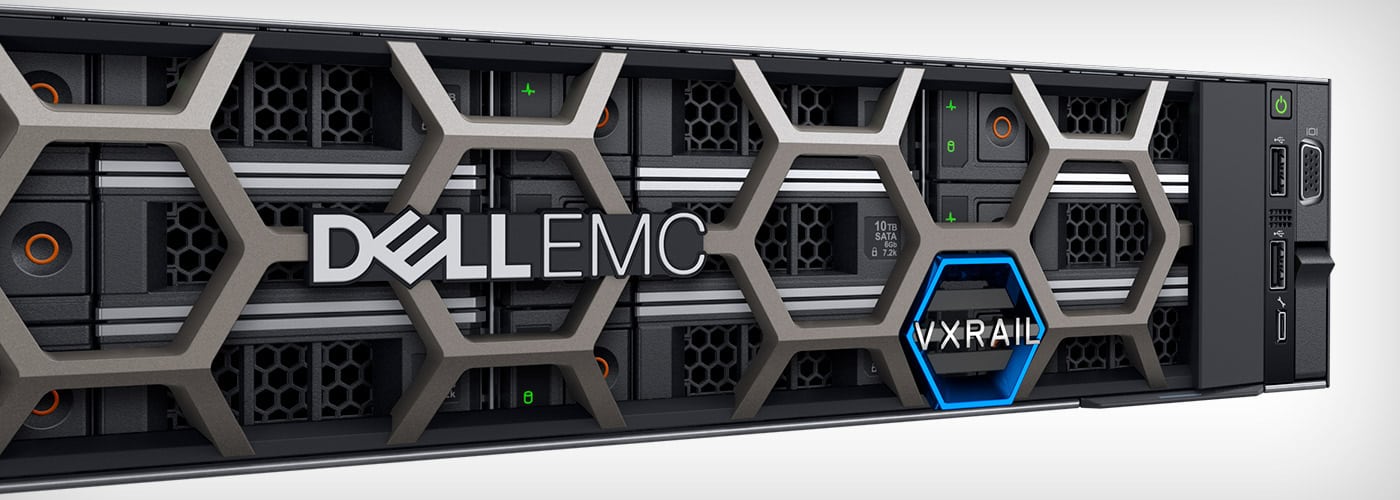Today Dell Technologies announced enhancements to its VxRail portfolio. The company released two new platforms that leverage AMD EPYC CPUs, the Dell EMC VxRail P Series, VxRail P675F and P675N. Not only do these new hyperconverged platforms leverage the fast CPUs, but they also support NVIDIA Tesla T4 and NVIDIA Tesla V100S GPUs.
Today Dell Technologies announced enhancements to its VxRail portfolio. The company released two new platforms that leverage AMD EPYC CPUs, the Dell EMC VxRail P Series, VxRail P675F and P675N. Not only do these new hyperconverged platforms leverage the fast CPUs, but they also support NVIDIA Tesla T4 and NVIDIA Tesla V100S GPUs.
The Dell EMC VxRail series of hyperconverged appliances are a combination of Dell EMC hardware and VMware vSAN. It has been around for some time now and really shows the benefits of the two companies combined in one product. The Dell EMC VxRail P are the more performance-based models and have made their way into our lab in the past. While previously being based on Intel Xeon processors, the second generation AMD EPYC processors have really shined when it comes to performance and it makes sense to introduce them to this line of high-performance HCI platforms. The CPUs had previously been added to the E Series last year.
The Dell EMC VxRail P Series, P675F and P675N, leverage the second-gen AMD EPYC to be the most performance-intensive platform for business-critical workloads like database applications, including SAP HANA. Both units are 2U and that translates into larger PSU options, as well as a broader range of CPU offerings, larger memory configurations, and additional PCIe cards. There are NVIDIA GPU options noted above as well for workloads such as AI, data analytics, deep learning, and HPC.
One other thing new here is the introduction of the Intel x710 NIC Enhanced Network Stack (ENS) driver support. According to the company, ENS is a networking stack mode that provides improved network operations by dynamically prioritizing network traffic to support demanding workloads that require higher levels of performance. In a world where so many things are going remote and or streaming, it makes sense to be able to control the strains that networks will see in the coming months and years. This support comes in the release of VxRail 7.0.130 along with a new health check feature and the support to expand a 2-node ROBO to a 3-or-more-node cluster.
Engage with StorageReview
Newsletter | YouTube | Podcast iTunes/Spotify | Instagram | Twitter | Facebook | RSS Feed

